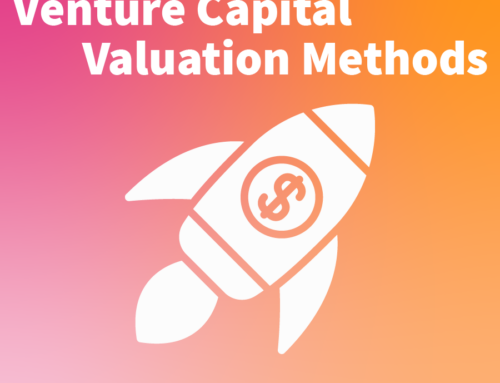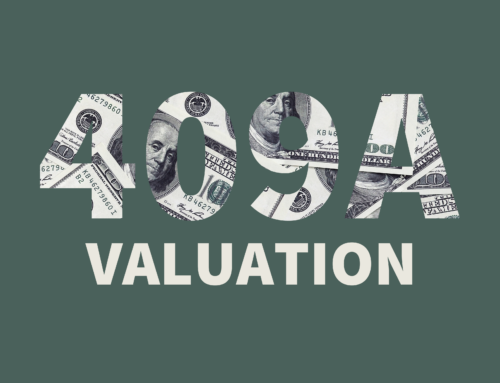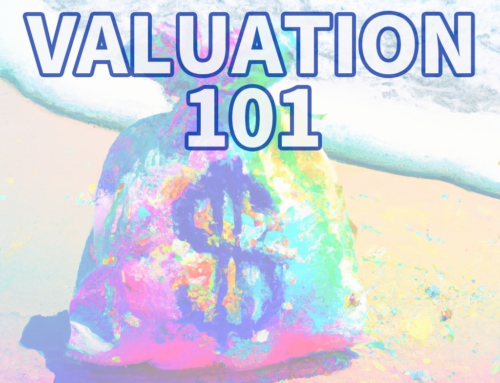ESG:
An Introduction
While many see the Environmental, Social, and Governance (ESG) trend as a recent fad, history counsels otherwise. For as long as we’ve had communities and institutions, societies have often questioned the impacts of an activity on all stakeholders. From Babylonian regulation of irrigation to the many prohibitions against usury, humans have often insisted that a commercial activity does good, not just does well.
More recently, large investors like university endowments and sovereign wealth funds have begun to codify these standards into formal investment criteria. This 21st century movement, beginning with Socially Responsible Investing (SRI) and “green” mutual funds, has blossomed into a segment managing more than $35T of capital. Some of these actors, like the Norwegian sovereign wealth funds, have already completed seismic reallocations of capital in favor of companies that grade well on ESG metrics. As 2022 approaches, it’s clear that companies with explicit ESG strategies can often raise debt or equity financing at lower cost of capital.
So what is ESG – and, more importantly, how can organizations identify, measure, and improve on these factors? Today, investors who focus on ESG often look for companies backed by strong governance that positively affect or minimize harm to the environment and communities in which they operate. In reality, the largest hurdle to assessing ESG metrics is that the underlying characteristics are inherently qualitative, so it’s difficult to measure and compare across industries and jurisdictions.
At Davos 2020, the World Economic Forum announced a collaboration to attempt to establish standardized methods for measuring certain ESG metrics. In 2021, the SEC announced that it would also establish standards and guidelines for ESG disclosures in SEC filings. While neither the WEF nor the SEC have published final standards, it’s evident that there is increasing appetite for empirical formalization in this space. One important driver of standardization is the risk that management teams “greenwash” or window-dress their activities. For example, companies might market that they exclusively utilize sustainable supply chains but fail to adequately audit their vendors. Failure to follow through with stated practices could open the company up to sanctions by the FTC or SEC.
In some industries like technology, it’s less clear how ESG concepts apply. For example, how does a company that collects and licenses real estate data impact their community? Does a technology company that builds machine learning models for manufacturers need to consider their environmental impact? Over the next three posts in this series, we’ll discuss how Environmental, Social, and Governance metrics and the structures underlying them might impact you as a builder, buyer, or seller of software and data.







